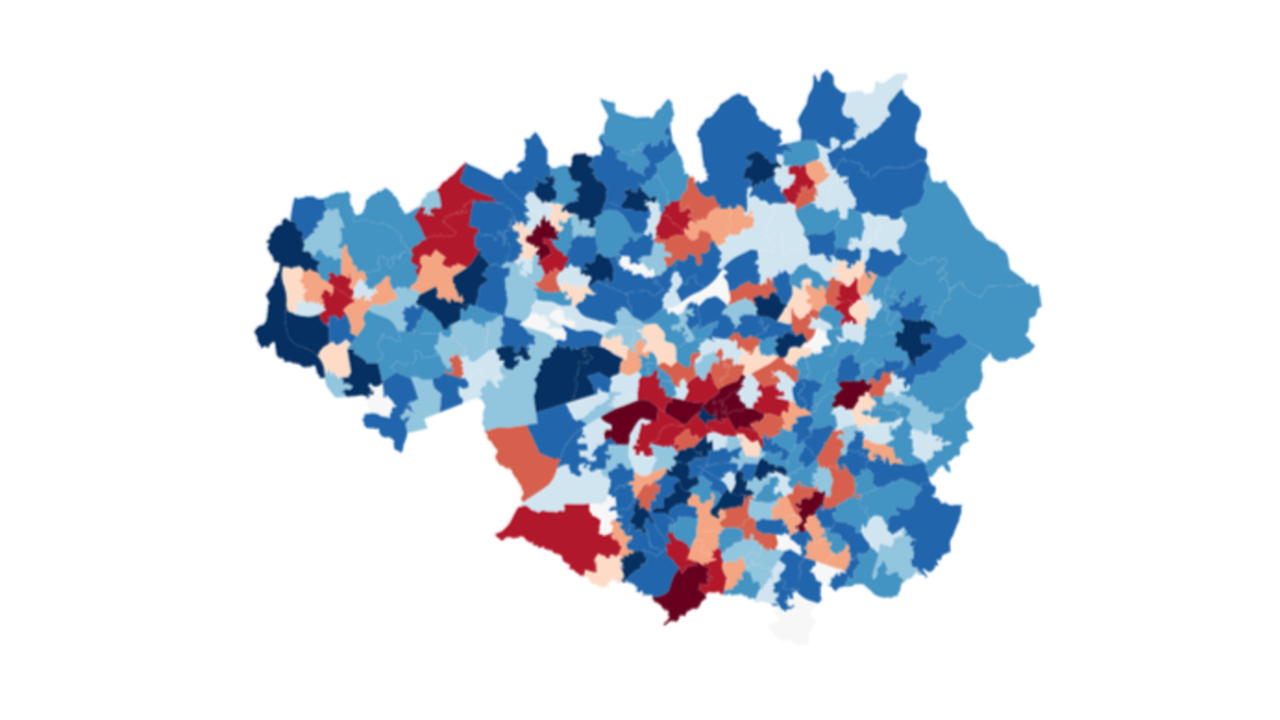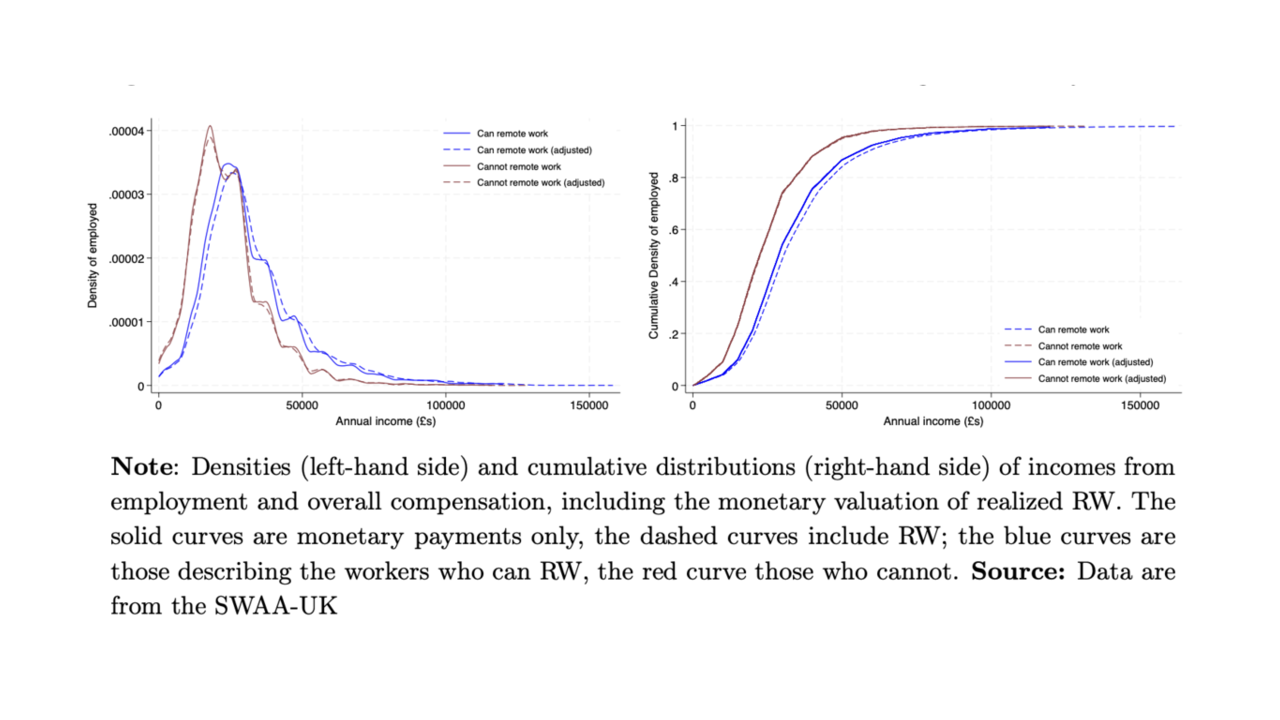
Do Remote Workers Deter Neighborhood Crime? Evidence from the Rise of Working from Home
R&R Review of Economic Studies Working from home leads to a 4% decrease in neighborhood burglaries for every 9.5pp increase in WFH. This is attributed to burglars avoiding occupied homes and increased surveillance (“eyes on the street”). High WFH areas, especially with prior burglary risks, see increased property value.


